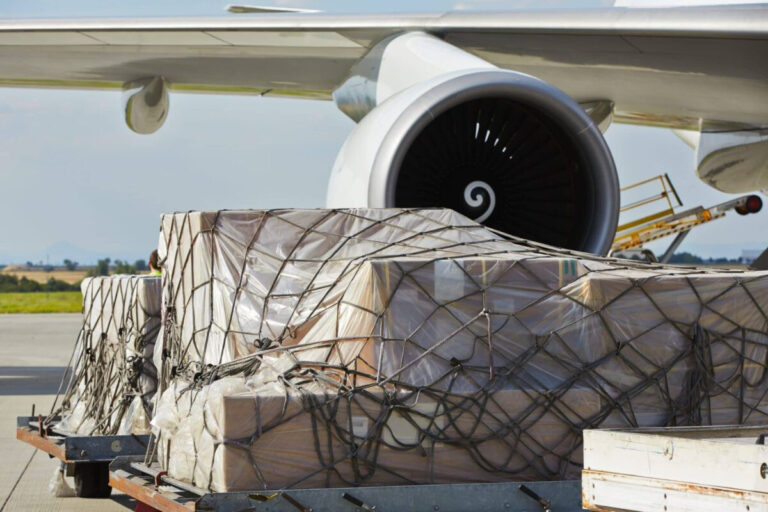2023 was a year of normalization with exceptionally high levels of demand during and immediately after the pandemic.
Demand in 2023 continued to reduce in many areas of the industry, and the traditional peaks were less pronounced. However, demand in some sectors, where air cargo offers uniquely fast and safe transportation, has maintained and even grown – for example, the e-commerce, oil and gas and automotive industries, where speed of delivery has become a key requirement.
Capacity also increased significantly by 12.2% year-on-year (IATA) as belly freight capacity continued to come back online and additional cargo transfers were delivered. This has weakened the pressure on already covered prices. However, there are signs of improvement in recent months and the last few months will be important to see where the market and demand levels balance out.
“Sector-wise, high demand was seen in many traditional markets for automotive, oil and gas, electronics and e-commerce,” said Glenn Hogbin, CEO of the Air Charter Association (ACA). “The routes have very different current positions with many areas depressed, but Asia to Europe routes are growing in recent months.”
Read: 5 things to consider to provide effective charters for urgent air cargo
Challenges and trends
As a body, the ACA works closely with its members, holding regular events and conference sessions to share the latest developments in the charter sector, fostering debate to enhance engagement on industry issues and challenges.
Over the past 12 months, the focus has been on a number of areas: balancing demand and capacity, maintaining reasonable prices in the buyers’ market and reducing aircraft capacity losses as a result of the conflict in Ukraine.
“The brokerage and operator market is somewhat fragmented and therefore we see a variety of priorities with some companies looking to technologies to increase efficiency while others focus on traditional personal service,” Hogben explained.
Green shift
Sustainability is sure to play a major role in business strategies in the coming years, but for now, financial considerations and delivery concerns remain the main decision drivers. However, this is a major issue for the entire industry and will continue to be important and with increasing impact.
“We are already seeing a natural improvement as older aircraft, which are more expensive to operate, are retired and replaced with more modern, fuel-efficient aircraft,” Hogbin stated. “This has been driven by market conditions where demand has declined and as a result, excessive aircraft capacity is being grounded for storage.”
Additionally, as technology continues to advance with alternative fuels and zero emission aircraft, this will flow into the air freight market.
“We expect further regulation that will force changes and stimulate business focus and the transition to more sustainable aviation,” Hogben added.
Read: Air Charter Service invests more in Asia as it opens doors in Thailand
Optimism amid challenges
There are a lot of obstacles in the world today that affect air cargo levels, from the global financial slowdown and inflation to conflicts in Ukraine and the Middle East and volatile fuel prices.
All of these impact consumer confidence which subsequently impacts demand for air cargo. As these areas become more stable, there is a good chance air cargo levels will grow, but it is impossible to predict when the shift will occur,” Hogben highlighted.
After a turbulent few years, as a result of the pandemic and conflicts, companies are looking to see stability in the market and a “business as usual” period to return to the market, even if this is a new normal.
“The feedback we have received from members is that it is cautiously optimistic around 2024. Market demand levels appear to have normalized and everyone is looking forward to seeing some of the growth that is expected to be in Q2 onwards,” he added.


